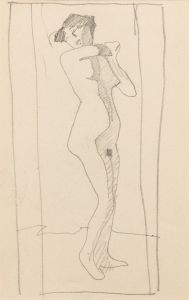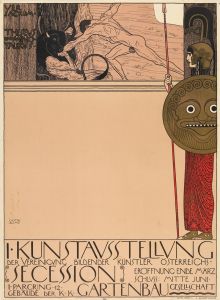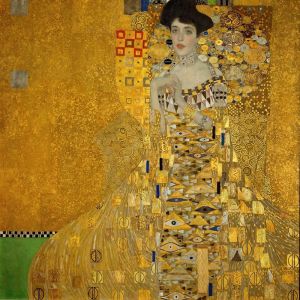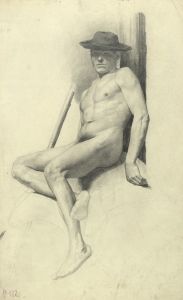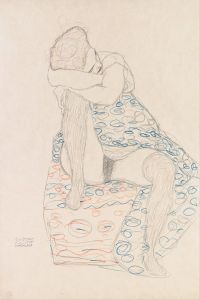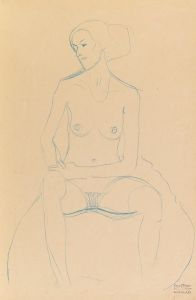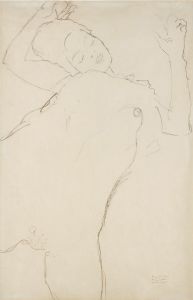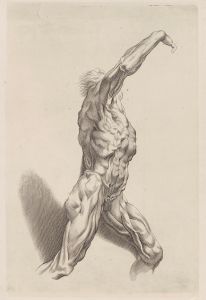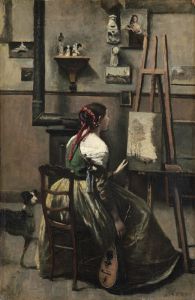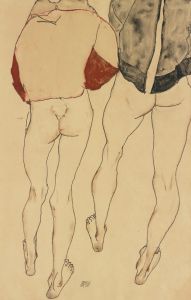
Sitzender Akt nach rechts
A hand-painted replica of Gustav Klimt’s masterpiece Sitzender Akt nach rechts, meticulously crafted by professional artists to capture the true essence of the original. Each piece is created with museum-quality canvas and rare mineral pigments, carefully painted by experienced artists with delicate brushstrokes and rich, layered colors to perfectly recreate the texture of the original artwork. Unlike machine-printed reproductions, this hand-painted version brings the painting to life, infused with the artist’s emotions and skill in every stroke. Whether for personal collection or home decoration, it instantly elevates the artistic atmosphere of any space.
"Sitzender Akt nach rechts" (Seated Nude Facing Right) is a drawing by the renowned Austrian symbolist painter Gustav Klimt. Created in 1914, this work is a fine example of Klimt's exploration of the female form, which is a recurring theme throughout his oeuvre.
Gustav Klimt was born on July 14, 1862, in Baumgarten, near Vienna, Austria. He was a prominent figure in the Vienna Secession movement, which sought to break away from the traditional academic art of the time and embrace a more modern, innovative approach. Klimt's work is characterized by its sensuality, intricate patterns, and use of gold leaf, although "Sitzender Akt nach rechts" is a more straightforward, monochromatic drawing.
"Sitzender Akt nach rechts" depicts a seated female nude, facing to the right. The drawing is executed with a delicate and precise line, showcasing Klimt's exceptional draftsmanship. The figure is rendered with a sense of naturalism and grace, capturing the softness and curves of the female body. Klimt's attention to detail is evident in the careful rendering of the model's posture and the subtle shading that gives the figure a three-dimensional quality.
This drawing is part of a larger body of work that Klimt produced during his career, which includes numerous studies of the female form. These studies were often preparatory works for his larger paintings, but they also stand alone as significant contributions to his artistic legacy. Klimt's fascination with the female body is evident in the way he captures the sensuality and beauty of his subjects, often imbuing them with a sense of mystery and allure.
Klimt's approach to the nude was both revolutionary and controversial at the time. His depictions of women were often seen as provocative and erotic, challenging the conservative norms of the society in which he lived. Despite this, Klimt's work was highly influential and helped to pave the way for future generations of artists.
"Sitzender Akt nach rechts" is a testament to Klimt's skill as a draftsman and his ability to convey the beauty and complexity of the human form. The drawing is part of the collection of the Albertina Museum in Vienna, which houses one of the most important collections of Klimt's works on paper. The museum's collection provides valuable insight into Klimt's creative process and his development as an artist.
In summary, "Sitzender Akt nach rechts" is a significant work by Gustav Klimt that exemplifies his mastery of the female nude and his contribution to the art of the early 20th century. The drawing reflects Klimt's unique style and his ability to capture the essence of his subjects with elegance and precision.





